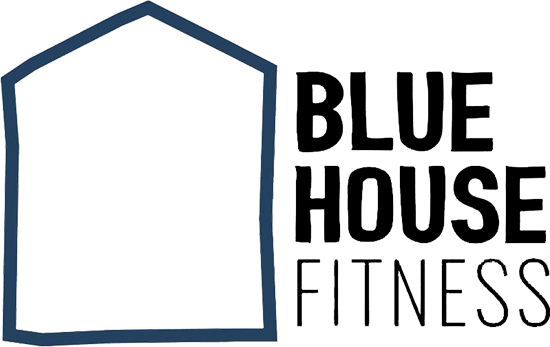By Anton Fero
•
December 5, 2023
Why don’t we see more Strength AND Metcon days? Depending on how long you have been doing CrossFit, or where you have trained before Blue House- you might be wondering why so many metcons, and why don’t we see more strength AND metcon days? It is in fact very common for affiliates to cram classes with a strength piece and a metcon piece in one short hour. Typically, this is not done because it is effective or a favorable form of training, it is done because that is what the people want…and we get it! Lifting weights is fun, and lifting before a metcon gives the feeling that you got a really good workout in. We love to do it from time to time- but not everyday, or even multiple times a week. So why don’t we program more strength and metcon days? We’d love to share: Theoretical Development of an Athlete aka The Pyramid We’re bringing it back to the pyramid. Take a look below and notice where conditioning lies and where weightlifting lies. Conditioning is close to the base- lifting is almost at the peak. Does that mean lifting isn’t important? Not at all. However, it does show us where our priority and focus should lie. Metabolic Conditioning is the base because it has the greatest crossover and impact on our health and our fitness. It is the form of training that moves us along the “Sickness-Wellness-Fitness” continuum, and the form that has the most positive impact on our health biomarkers. It is also the form of training that gives us the greatest adaptation in our General Physical Preparedness (GPP). As Coach Glassman stated in the “ What is Fitness ” Article, “We don’t deliberately order these components but nature will. If you have a deficiency at any level of ‘the pyramid’ the components above will suffer.” More volume is not always better For the general population, the CrossFit prescription is to train once a day, 5-6 times per week. Our goal with CrossFit is to improve work capacity across broad time and modal domains with a single daily dose of constantly varied functional movements executed at high intensity. When we begin the slippery slope of adding in strength pieces before metcons every day, we are chipping away at the most important piece of our training, INTENSITY. Therefore, we need to be selective about when/where we program strength and metcon days- and on those days, understand the priority is exactly that, to create an adaptation in that specific form of training. However, we recognize that this form of training is not ideal for maximizing intensity and therefore, does not fit within the CrossFit prescription on a daily basis. We want to do what we do best, Coach! We are constantly-varied believers and that means training all the things. As shared in Fitness in 100 words we “Practice and train major lifts: deadlift, clean, squat, presses, C&J, and snatch. Similarly, master the basics of gymnastics: pull-ups, dips, rope climb, push-ups, sit-ups, presses to handstand, pirouettes, flips, splits, and holds. Bike, run, swim, row, etc., hard and fast. Five or six days per week, mix these elements in as many combinations and patterns as creativity will allow. Routine is the enemy. Keep workouts short and intense. Regularly learn and play new sports.“As Coaches, we are laser focused on improving form, technique and mechanics. When we cram class, we lose the ability to do our most important work- to coach! We believe that the community will be better served improving one small aspect of their training every day, instead of overworking athletes and losing focus on the task at hand. Because we have more time to teach and practice drills, you have the ability to hone in on those skills and master the basics. We love working with clients who take every moment of class, from the warm-up, to the cool-down, as an opportunity to learn and improve their movement and mechanics. This will serve you in the long run and create an increase in your strength and performance. To wrap things up, we do want to reiterate that we firmly believe strength training is an extremely important part of our programming That is why we strength train on an almost daily basis. It just looks a little different than hitting a 5×5 snatch before the WOD. Do we enjoy doing that from time to time? Hell yes! Just not every day







